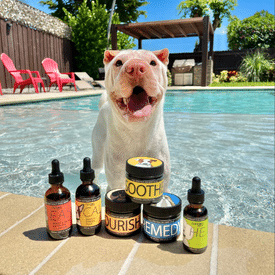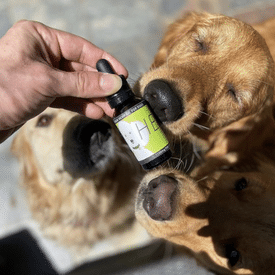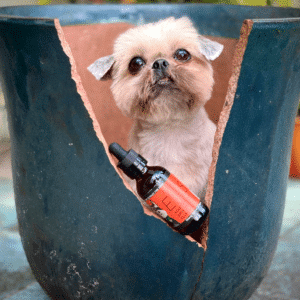Is Declawing a Cat Harmless?

It can be incredibly frustrating when your cat continually scratches your furniture. And if you have ever walked past a sneaking, playful cat hiding under a bed or behind a curtain as they jump out and dig their claws into your toes, you may have immediately thought “time to declaw!”.
But, before you put your kitty under the knife, it is important to consider the long-term consequences. Declawing your cat is more than taking them for a manicure and is more than a quick harmless fix – it can create future problems that are painful (and expensive) to treat.
Table of Contents
Why do cats scratch?
Before you decide to declaw, it is important to remember that scratching is a completely normal cat behavior. Cats scratch for a number of reasons, including trimming their own nails, cleaning their nails, marking their territory, and stretching their muscles.
What is the declaw procedure like?
Declawing a cat is a serious medical procedure. According to the Humane Society: “Declawing traditionally involves the amputation of the last bone of each toe. If performed on a human being, it would be like cutting off each finger at the last knuckle.”
The surgery is performed by putting your cat under general anesthesia and either using a scalpel or guillotine clipper, laser, or tendonectomy (where the tendon that controls the toes is severed). These are all extremely painful. Afterward, the wounds are closed using surgical glue or stitches.
Why shouldn’t I declaw?
This painful amputation has serious long-term consequences. Declawing can change the way that a cat walks or uses their paws, which can lead to joint damage, pain, and inflammation for the rest of their life. It can also cause issues with their sense of balance, which is very important to a cat. Additionally, declawing a cat can cause serious nerve damage and even necrosis (dead tissue) in the paws.
Beyond the physical implications, declawing a cat also takes away their natural defense system, which can lead to increased anxiety and stress. Not only that, but if your cat should become lost or separated from your family, they will no longer have their best defense system and their natural way to hunt for food.
Declawing can also lead to serious behavioral problems. For example, some declawed cats have a more difficult time using the litter box, and many will urinate on furniture since they are no longer able to mark their territory with scratching. It also causes cats to start biting since they no longer have claws for protection.
So what can I do to stop the scratching?
First of all, observe your cat to see if their scratching is a purposefully destructive behavior and present them with alternatives. Cats love nubby, rough fabric, so getting them a scratching post made from carpet-like material, cardboard, or rough rope-like material can present them with a productive alternative. Put a little catnip on the surface you want them to scratch and it will naturally attract them.
If your cat is scratching your furniture even after being given an alternative, try using a blend of essential oils sprayed onto the fabric. Cats dislike the smell of citrus, so make a blend of your favorite citrus scents mixed with water and spray it directly onto the furniture. They also dislike sticky tape, so placing double-sided tape onto areas of your furniture that they often gravitate to will deter them. They will learn that when they go to that area, it is sticky and will stop scratching.
You should also be sure to keep your cat’s nails trimmed, and many cat parents find it helpful to use caps on a cat’s nails. These pain-free caps can help prevent your cat from scratching without giving them the feeling of helplessness or pain that comes with declawing.
If your cat is scratching because of anxiety, using CBD oil can help. CALM Full Spectrum Hemp CBD oil from CBD Dog Health is formulated to manage cat anxiety, stress, and fear and can help prevent a nervous kitty from scratching when afraid.
To learn more about keeping your cats happy and healthy, visit www.angelaardolino.com or www.cbddoghealth.com.















